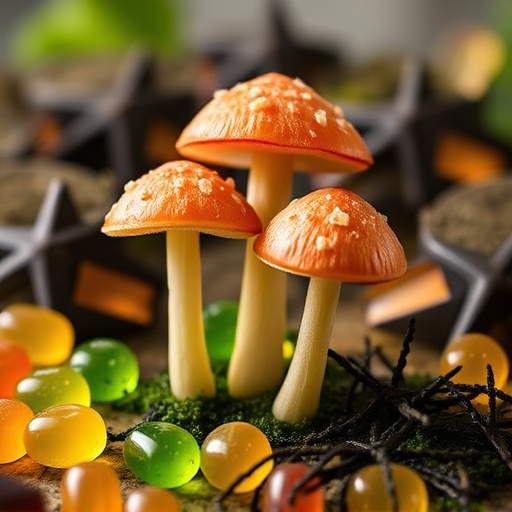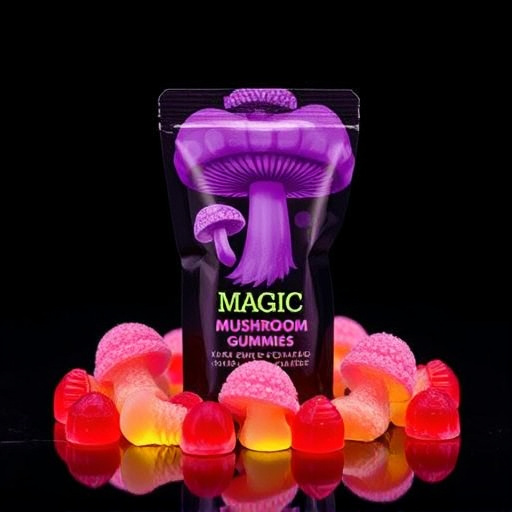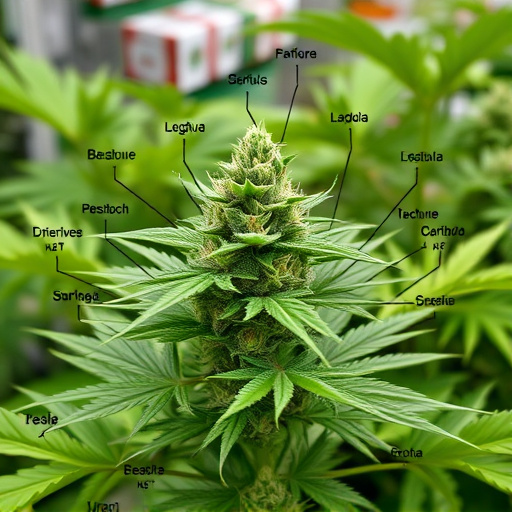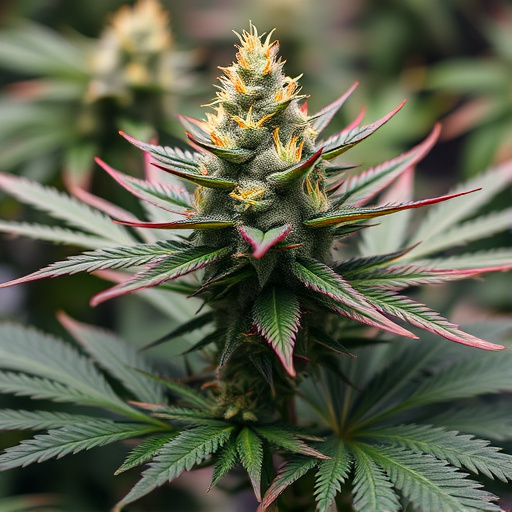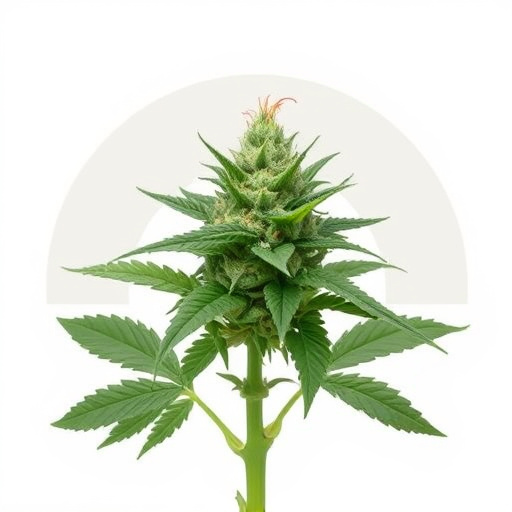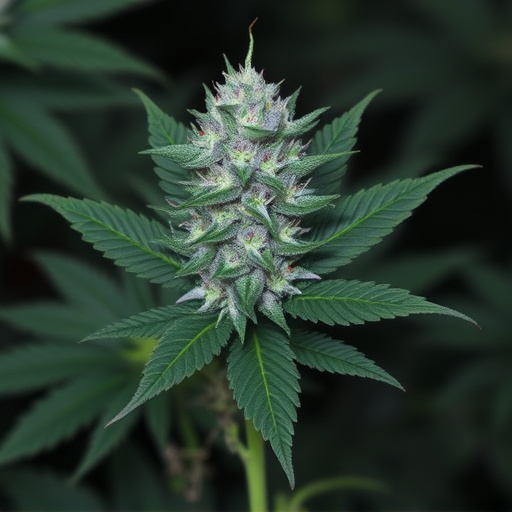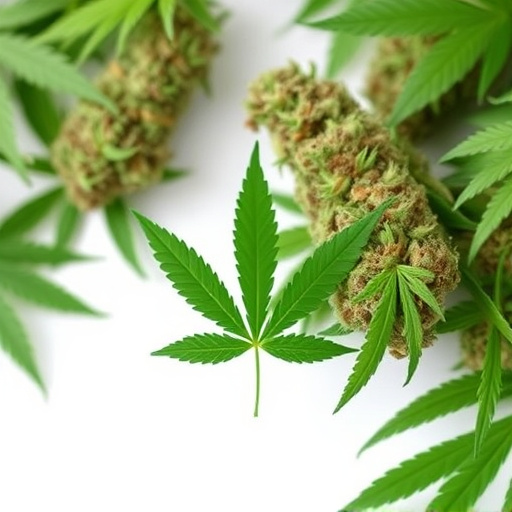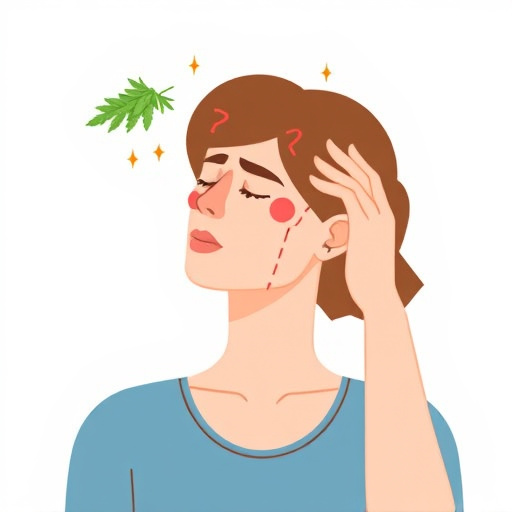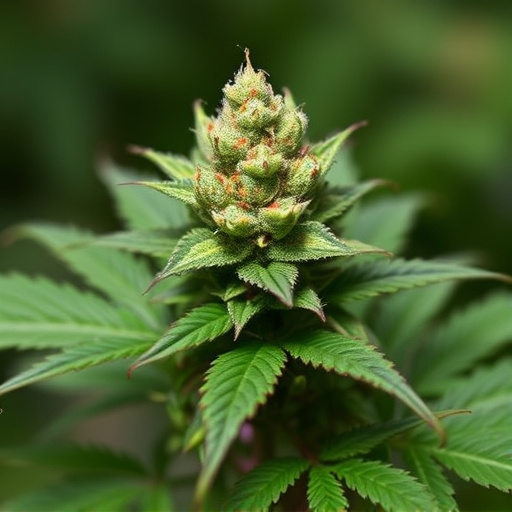The "munchies" are driven by the interaction between cannabis and our body's endocannabinoid system, particularly THC binding to receptors. High-CBD, low-THC strains like Granddaddy Purple, Charlotte's Web, and Blue Dream are effective for migraine management due to their anti-inflammatory properties. For appetite stimulation in conditions like anorexia, higher THC strains can help. Medical cannabis use requires starting with low doses and gradual increases.
“Unraveling the science behind the ‘munchies’ phenomenon, this article delves into the intricate relationship between cannabis consumption and appetite stimulation. We explore a biological perspective on understanding why cannabis users often experience increased hunger, known as the ‘munchies’. Furthermore, it investigates the connection between cannabis and migraines, highlighting potential relief options.
A key focus is identifying the best cannabis strains for migraine sufferers while also managing hunger pangs. By examining these aspects, we aim to provide insights into harnessing cannabis for therapeutic benefits.”
- Understanding the Munchies: A Biological Perspective
- Cannabis and Migraines: Exploring the Connection
- The Best Strains for Migraine Relief and Managing Hunger
Understanding the Munchies: A Biological Perspective
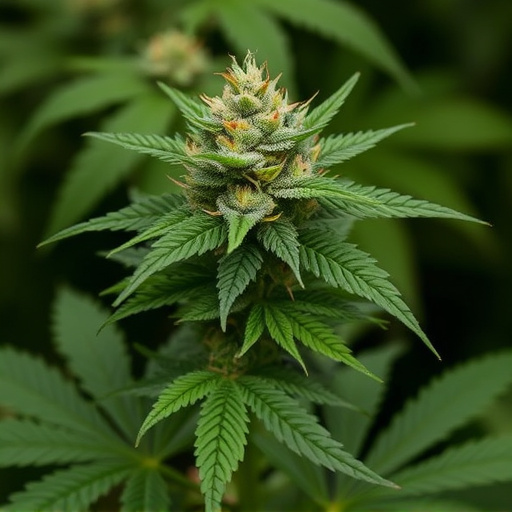
The “munchies,” a well-known phenomenon, is more than just a casual desire for snacking—it’s a complex interaction between our brains and bodies influenced by various factors, including biology and chemistry. From a scientific standpoint, understanding the munchies involves delving into the intricate relationship between our endocannabinoid system (ECS) and cannabis consumption. The ECS plays a pivotal role in regulating appetite, memory, and mood, among other functions. When we consume cannabis, especially strains known for their high THC content, it can mimic the natural cannabinoids produced by our bodies, binding to receptors in the ECS.
This interaction triggers a cascade of effects, potentially leading to increased hunger and cravings. Interestingly, certain cannabis strains, known for their therapeutic properties, might offer more nuanced experiences. For instance, strains with higher CBD (cannabidiol) content or specific terpene profiles could have anti-inflammatory and anxiolytic effects, which may reduce the intensity of the munchies while still providing relief from various conditions. This biological perspective highlights the intricate connection between our consumption choices, the body’s natural systems, and experiences like migraines, suggesting potential avenues for exploration in managing both appetite and health symptoms using cannabis products, such as those considered among the best cannabis strains for migraines.
Cannabis and Migraines: Exploring the Connection

Cannabis has long been used as an alternative treatment for various ailments, and one area where it has gained significant interest is in managing migraines. The science behind this connection is complex and involves the interaction between cannabis compounds and the body’s endocannabinoid system (ECS). Research suggests that certain cannabinoids present in cannabis, such as THC and CBD, can have profound effects on reducing migraine pain and associated symptoms.
When it comes to finding the best cannabis strains for migraines, several factors come into play. Strains high in CBD are often preferred due to their potential anti-inflammatory properties. CBD has been shown to interact with ECS receptors, which may help alleviate migraine headaches by regulating pain signals. Additionally, some strains known for their relaxing and calming effects can provide much-needed relief from the stress and anxiety that often accompany migraines. Exploring different strains and their unique cannabinoid profiles could offer a natural approach to managing this debilitating condition.
The Best Strains for Migraine Relief and Managing Hunger
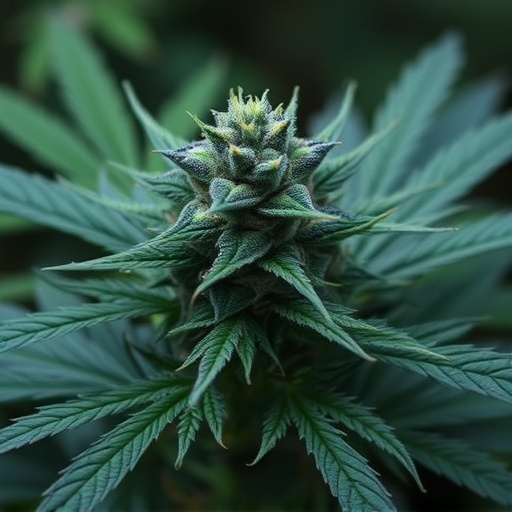
When it comes to managing migraines and controlling hunger, certain cannabis strains have proven effective. The best cannabis strains for migraines often contain high levels of CBD (cannabidiol) and low THC (tetrahydrocannabinol), as THC can sometimes trigger or worsen headaches in sensitive individuals. CBD, on the other hand, is known for its pain-relieving and anti-inflammatory properties, making it a popular choice for migraine sufferers. Strains like Granddaddy Purple, Charlotte’s Web, and Blue Dream are renowned for their ability to alleviate migraine symptoms while offering a more balanced high.
For managing hunger, THC plays a significant role in stimulating appetite. Medical users often turn to strains with higher THC content, such as Pineapple Express or Girl Scout Cookies, to combat loss of appetite and anorexia-related conditions. These strains can help increase hunger and improve overall eating habits. However, it’s crucial to start with lower doses and gradually increase to find the right balance for individual needs, especially when using cannabis for medical purposes.
In understanding the science behind the munchies, especially in the context of managing migraines, it’s evident that specific cannabis strains can offer significant relief. By exploring the biological mechanisms at play and adopting knowledge from research, individuals can make informed decisions regarding their treatment options. The best cannabis strains for migraines not only alleviate symptoms but also help manage hunger pangs associated with these debilitating headaches. With continued study and access to suitable strains, many find a new level of comfort and control over their migraine management.



